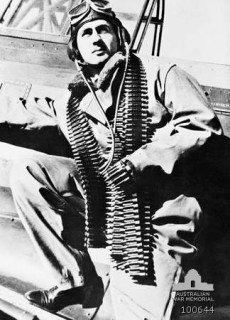
Execution of an Australian pilot by the Japanese – New Guinea, 29 March 1943 – by a Japanese Eye Witness
When I found this article there was no source listed for the above title, so I was not sure it was for real. This is the first time I had run across a written Japanese report. I started by looking for beheading photos, the most famous being the Australian behind the Japanese lines radio operator, Sgt. Leonard Siffleet.
Not only did his photo pop but up also the story of his capture and unfortunate end. His photo and the one of his native helper, Private Reharin, were found on a dead Japanese soldier, and they were use to track down and prosecute those involved.
I share these with you today not out of any love for the gore…but to honor these men who died alone, helpless, at the hands of a savage enemy. At the end of this piece I have a link to some archival interrogations of Japanese on othermass executions of POWs and civilians.
YouTube has a forty minute video of executions that requires a sign in process, but I took a pass on this. So far I have not found the identity of the officer who wrote this account, but will dig around and update if I do.
We do not forget them this day. And we will not hide their last moments.
Jim Dean, Heritage TV…Atlanta & VT
“Major Komai stands up and says to the prisoner, ‘We are going to kill you.’ When he tells the prisoner that in accordance with Japanese Bushido he would be killed with a Japanese sword and that we would have two or three minutes’ grace, he listens with bowed head. He says a few words in a low voice. He is an officer, probably a flight lieutenant. Apparently, he wants to be killed with one stroke of the sword. I hear him say the word ‘one’; the Major’s face becomes tense as he replies,’Yes.'”
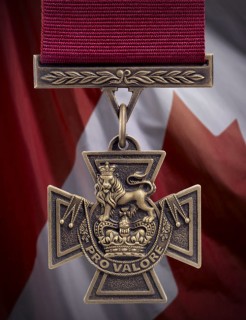
All four of us – Kurokawa, Nishiguchi, Yawate and myself – assembled in front of Headquarters at 1500 hrs. The ‘Tai’ commander Komai, who came to the observation post today, told us personally that in accordance with the compassionate sentiments of Japanese Bushido, he was going to kill the prisoner himself, with his favorite sword. So we gathered to observe this. After we had waited a little more than ten minutes, the truck came along.
The prisoner who is at the side of the guard house is given his last drink of water. The surgeon, Major Komai, and Headquarters Platoon Commander come out of the Officers’ Mess, wearing their military swords.
The time has come. The prisoner with his arms bound and his long hair now cropped short totters forward. He probably suspects what is afoot but he is more composed than I thought he would be. Without more ado. he is put on the truck and we set out for our destination.
I have a seat next to the surgeon. About ten guards ride with us. To the pleasant rumble of the engine, we run swiftly along the road in the growing twilight. The glowing sun has set behind the western hills. Gigantic clouds rise before us and dusk is falling all around. It will not last long now. As I picture the scene we are about to witness, my heart beats faster.
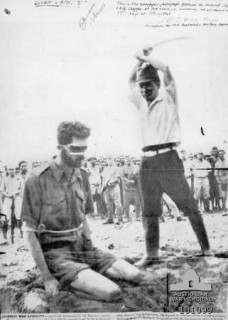
I glance at the prisoner. He has probably resigned himself to his fate. As though saying farewell to the world, he looks about as he sits in the truck, at the hills the sea, and seems deep in thought. I feel a surge of pity and turn my eyes away. The truck runs along the seashore now.
We have left the Navy guard behind us and now come into the Army sector. Here and there we see sentries in the grassy fields and I thank them in my
heart for their toil, as we drive on; they must have ‘got it’ in the bombing the night before last; there were great gaping holes by the side of the road, full of water from the rain. In a little over twenty minutes, we arrive at our destination and all get off.
Major Komai stands up and says to the prisoner, ‘We are going to kill you.’ When he tells the prisoner that in accordance with Japanese Bushido he would be killed with a Japanese sword and that we would have two or three minutes’ grace, he listens with bowed head.
He says a few words in a low voice. He is an officer, probably a flight lieutenant. Apparently, he wants to be killed with one stroke of the sword. I hear him say the word ‘one’; the Major’s face becomes tense as he replies, ‘Yes.’
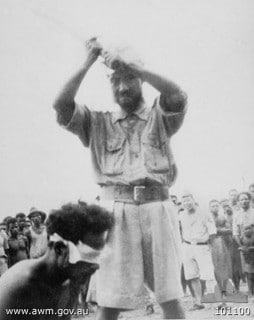
Now the time has come and the prisoner is made to kneel on the bank of a bomb crater, filled with water. He is apparently resigned. The precaution is taken of surrounding him with guards with fixed bayonets, but he remains calm. He even stretches his neck out.
He is a very brave man indeed. When I put myself in the prisoners’ place and think that in one minute it will be good-bye to this world, although the daily bombings have filled me with hate, ordinary human feelings make me pity him.
The Major has drawn his favourite sword. It is the famous masamune sword which he has shown us at the observation stations. It glitters in the light and sends a cold shiver down my spine.
He taps the prisoner’s neck lightly with the back of the blade, then raises it above his head with both arms and brings it down with a powerful sweep. I had been standing with muscles tenses but in that moment I closed my eyes.
A hissing sound – it must be the sounds of spurting blood, spurting from the arteries: the body falls forward. It is amazing – he has killed him with one stroke.
The onlookers crowd forward. The head, detached from the trunk, rolls forward in front of it. The dark blood gushes out. It is all over. The head is dead white, like a doll. The savageness which I felt only a little while ago is gone, and now I feel nothing but the true compassion of Japanese Bushido.
A corporal laughs: ‘Well, he will be entering Nirvana now.’
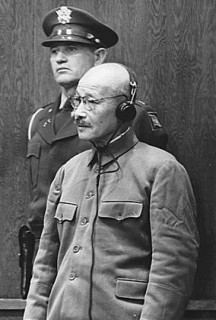
A seaman of the medical unit takes the surgeon’s sword and, intent on paying off old scores, turns the headless body over on its back and cuts the abdomen open with one clean stroke.
They are thick-skinned, these keto [hairy foreigner – term of opprobrium for a white man]; even the skin of their bellies is thick. Not a drop of blood comes out of the body. It is pushed into the crater at once and buried.
Now the wind blows mournfully and I see the scene again in my mind’s eye. We get on the truck again and start back. It is dark now. We get off in front of Headquarters.
I say good-bye to the Major and climb up the hill with Technician Kurokawa. This will be something to remember all my life. If I ever get back alive, it was make a good story to tell; so I have written it down.
The following link has a good rundown on Lt. Newton story
http://www.kokodahistorical.com.au/index.php?/William-Newton-VC.html
The next one has some very interesting post war interrogation achives of Japanese prisoners involved in other mass executions.
http://www.cofepow.org.uk/pages/asia_ambon1.htm
Writer’s request: If anyone knows the Japanese officer who wrote this account please get in touch with me via the website. Thank you.

Jim W. Dean was an active editor on VT from 2010-2022. He was involved in operations, development, and writing, plus an active schedule of TV and radio interviews.
ATTENTION READERS
We See The World From All Sides and Want YOU To Be Fully InformedIn fact, intentional disinformation is a disgraceful scourge in media today. So to assuage any possible errant incorrect information posted herein, we strongly encourage you to seek corroboration from other non-VT sources before forming an educated opinion.
About VT - Policies & Disclosures - Comment Policy

![NewVictoriaCross[1]](https://www.veteranstodayarchives.com/wp-content/uploads/2011/04/NewVictoriaCross11.jpg)


